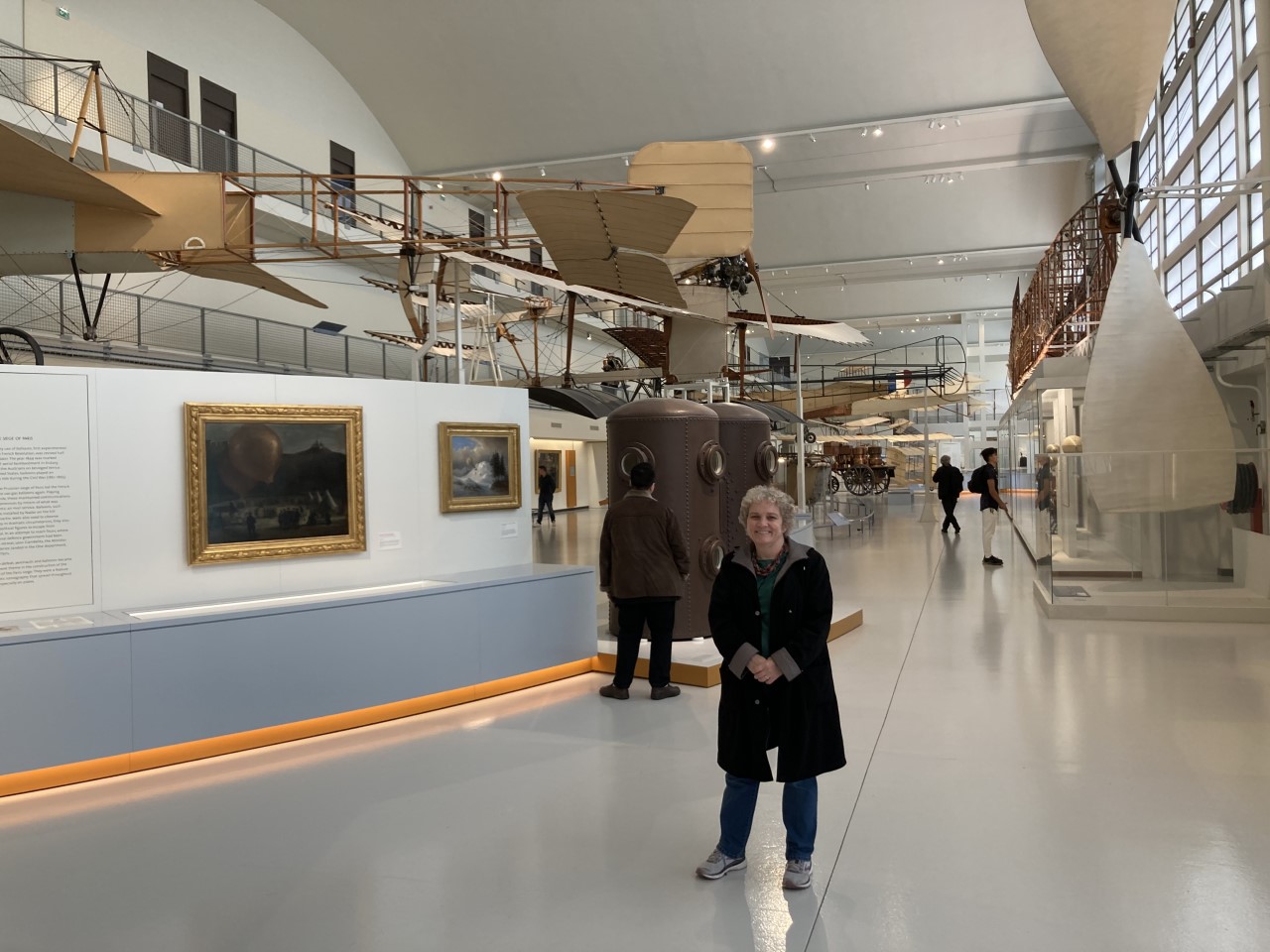The F/A-18A Hornet was the first of the true modern multi-role fighters, equally able to take on air and ground targets, and later versions of the aircraft have continued that legacy. But as flight is a prerequisite to being able to fill either role, it first bears looking at the Hornet family as aircraft.

An F414 engine undergoes maintenance
Visually, all Hornets are quite similar, high-wing jets with twin tails canted outward, although they differ considerably in size. The Legacy Hornet is 56'1" long, has a wingspan of 40', and weighs 23,000 lb empty and 51,900 lb fully loaded. The Super Hornet is 60' long, has a wingspan of 44'8", and weighs 32,000 lb empty and 66,000 lb fully loaded. Propulsion comes from two General Electric engines, F404s for the Legacy Hornet, and F414s for the Super Hornet. These have been upgraded several times, but in general each F404 puts out about 12,000 lb of thrust, while the F414 has 14,000 lb of thrust. This is enough for most normal purposes, but for supersonic flight or rapid acceleration, afterburner is used. The afterburner dumps raw fuel into the exhaust of the jet engine, and boosts thrust to about 17,600 lb and 20,700 lb respectively. Even with afterburner, all Hornets are limited to about Mach 1.8, as the inlets for their engines (rounded on Legacy Hornets, square on Super Hornets) are fixed, instead of having variable ramps as used on faster airplanes.
Read more...







Recent Comments